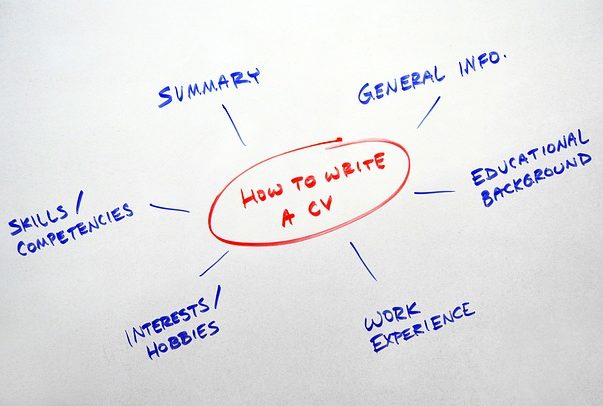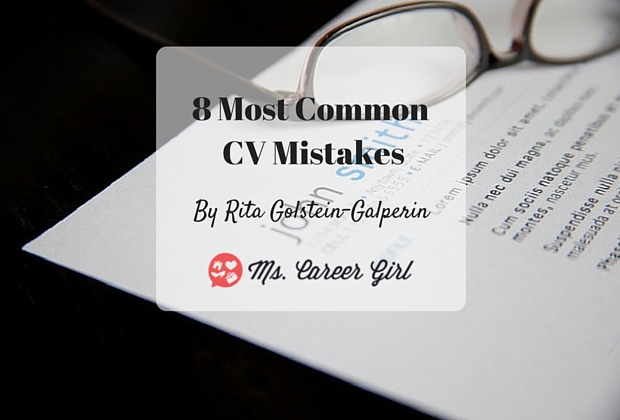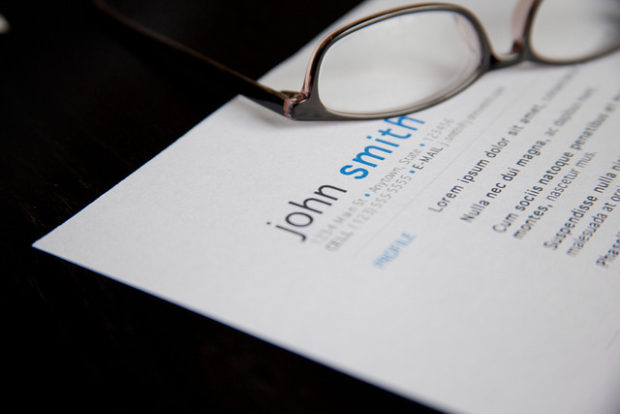Common Resume Mistakes That Could Cost You Your Dream Job

When you’re applying for your dream job, you obviously want to do all you can to make a good first impression with recruiters and ensure you stand out from the crowd. Since your resume and cover letter are typically the first things hiring managers see from you, you have to nail these documents. Sadly, many people lose their chance at top jobs because they’re making simple mistakes in their resume, which mean they don’t even get to the interview stage. Read on for some of the most common resume mistakes you need to avoid today.
Using a Bad Layout and Font
When recruiters open your document, you want them to notice straight away that it looks professional, clear and easy to read. Use a popular corporate font like Times New Roman, Arial or Calibri in a decent size that won’t make readers squint. In addition, avoid being creative with colors and graphics; this is a serious document that won’t stand out in a good way if you deviate from what’s expected.
Since hiring managers often have to go through hundreds of resumes in a day, you also need to make your document scannable. Break up the text into bite-sized chunks, and use plenty of headings, sub-headings, bullet points and the like. This will leave more white space on each page, which helps resumes to look better and be easier to read.
Furthermore, put the most important information about you at the top of your resume, under a Profile or Summary or similar kind of heading. This way, recruiters can see as soon as they start reading that you’re checking boxes for them. This will engage their interest quickly.
Not Tweaking Documents Specifically for Jobs
There’s no problem with having a template resume that start from each time. But don’t just keep sending the exact same document regardless of the job you’re going for. To impress readers, make it obvious you’ve read the advertisement for the role numerous times and have researched the company and know the industry. You can convey this by mentioning things that relate specifically to what the recruiter and firm are looking for.
For example, look for keywords or phrases repeated in the job ad. This alerts you to the importance of a particular qualification, skill or trait, which you should be sure to address in your application materials. Find ways to tie in what you have achieved during your career to these things. For instance, if the role is in education and will require you to work regularly with children who are on the spectrum, then you need to mention any relevant licenses, autism certifications , or any other recognition you have or specific experience you have gained in the area.
Note that by mentioning some of the words contained in the job ad, you’ll give yourself a better chance of passing the parameters set up on recruitment software. Many hiring managers use this kind of automated tool to help them save time and whittle hundreds of candidates down to a smaller list.
As well, when it comes to tweaking your document, see if you can find out personal qualities that companies look for when they hire, which relate to their corporate culture. After all, you don’t just need to be the right fit when it comes to your experience and training but also in regards to how you’ll work with colleagues.

Errors
Lastly, something that should be obvious but that not enough people spend time on is removing errors. It’s harder to be taken seriously and seen as a top professional if you don’t show you can communicate effectively or that you’ve taken the time to properly prepare your application materials.
Furthermore, while you might think you’ve picked up on every spelling mistake, typo, grammatical issue or other error – and/or have used spellcheck – the fact is that you can miss things and so can computer-based tools.
Not only should you read over documents multiple times yourself, but you should also get other people to look at your work for you. When people come at something with fresh eyes, they’re much more likely to see errors than you are. When your brain knows what is meant to be written and will skim over mistakes as a result. Other readers might also notice if you’re missing out on mentioning key information or if you’ve made some other type of content-based error.




